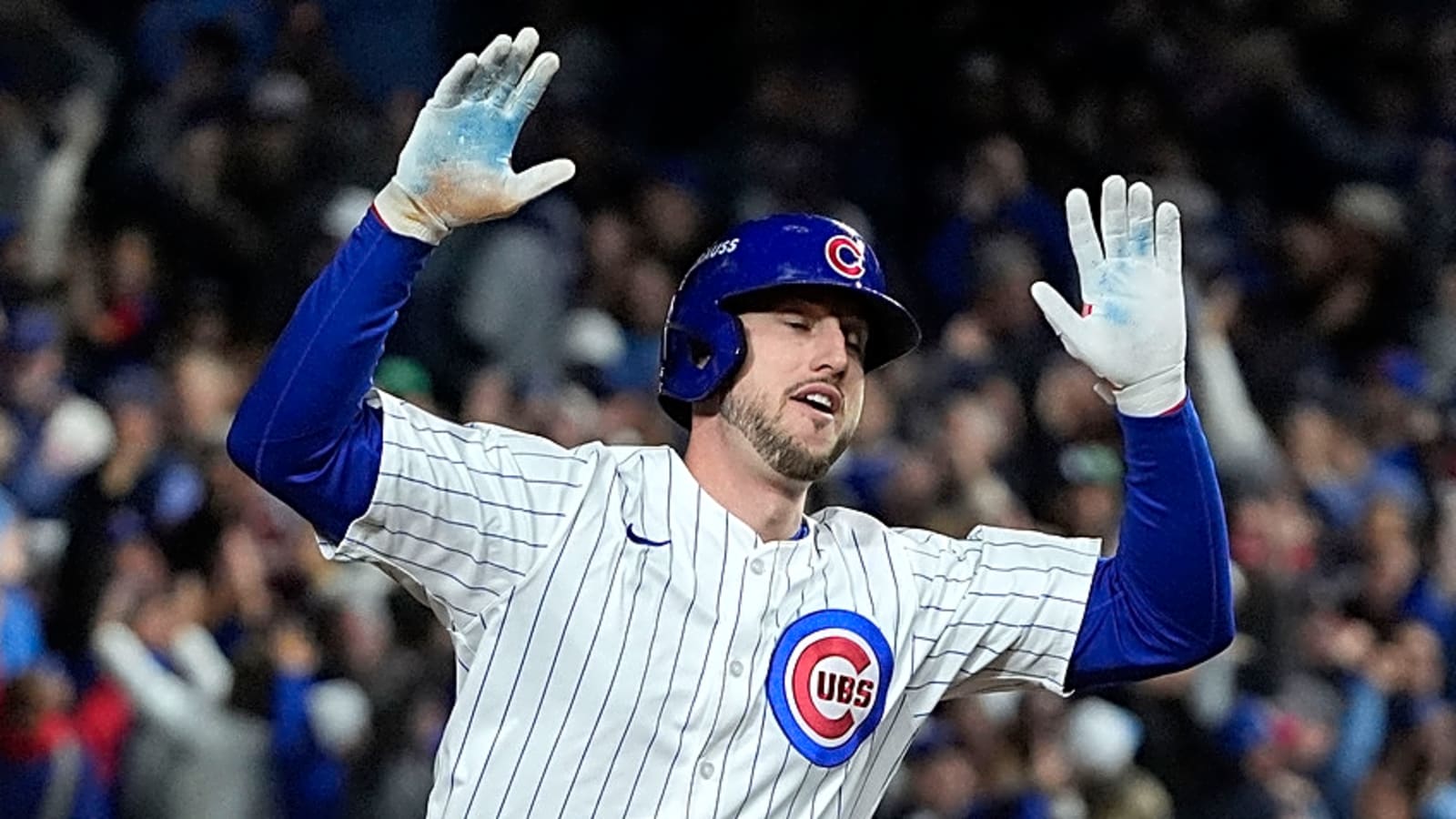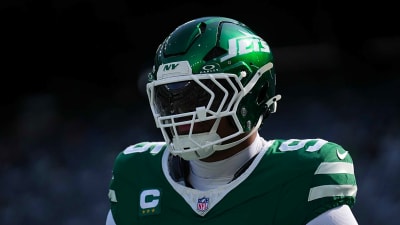
Yankees offseason blueprint: Best-case lineup scenario features Bo Bichette, Kyle Tucker
The New York Yankees learned a hard truth this postseason: building an offense around pure power doesn’t always lead to consistent run production. Against elite playoff pitching, that approach often produces more strikeouts than scoring. Now, New York has a chance to fix it.
With several intriguing free agents and trade candidates available, let’s explore what the Yankees’ lineup could look like in a best-case — yet still realistic — scenario.
1. SS Bo Bichette
Bichette, a free agent, has the potential to revolutionize the leadoff spot. He is coming off of an injury-riddled season (.311/.357/.483 with 18 home runs) with the AL champion Toronto Blue Jays. His postseason numbers were also stellar (.348/.444/.478, one HR in the World Series). With Aaron Judge lurking on deck, the Yankees would have a blueprint for success. Signing Bichette could cost the team more than $200 million.
2. RF Aaron Judge
Judge (53 HR, .331 BA in 2025) has long been the engine of the lineup. But as the Yankees learned this season, one superstar can't carry the entire offense. The team's success will depend on how they build around Judge.
3. LF Kyle Tucker
Few players on the market can provide true protection behind Judge, and free agent Kyle Tucker might be the most feasible.. He brings 30-home-run power, 30-steal speed, Gold Glove defense and a track record of hitting for average. Despite an injury-hampered 2025 season with the Cubs (.266/.377/.464, 22 HR, 25 SB), Tucker remains a complete player. He could command from $400–$500 million.
4. 1B Yandy Diaz
At 34, Díaz isn’t a long-term solution, but if the Yankees splurge on Tucker and Bichette, they’ll likely seek value elsewhere. The Rays’ first baseman is owed $22 million over the next two years, making him affordable. Despite below-average defense, Díaz remains one of the game’s best pure hitters — the 2023 AL batting champion hit .300/.366/.482 with 25 HR in 2025. A trade would likely cost New York two top prospects or a young major leaguer.
5. Catcher Ben Rice
Rice proved himself a valuable middle-of-the-order bat (.255 BA, 26 HR) but a liability behind the plate. Developing him as a full-time catcher could be key, allowing New York to upgrade elsewhere. Hitting behind Tucker and Díaz, he’d see plenty of RBI chances.
6. DH Giancarlo Stanton
Stanton isn’t what he once was, but batting him sixth — instead of his usual cleanup spot — would signal a deep lineup. His power (24 HR in 2025) still plays, giving the Yankees insurance behind Rice or vice versa depending on matchups.
7. 2B Jazz Chisholm Jr.
Chisholm is coming off his first 30-30 season (31 HR, 31 SB), but his inconsistent contact has hurt the Yankees in October. His speed is best used ahead of lower-power bats, where he can pressure defenses and set the table.
8. 3B Kazuma Okamoto/Ryan McMahon
Okamoto, who plays in Japan for the Yomiuri Giants, could serve as a platoon third baseman with McMahon. (He probably will be posted, making him available to MLB teams.) McMahon has excellent metrics but struggles when facing southpaws and strikes out too much. Okamoto's right-handed bat would work to solve these issues.
In Japan, Okamoto led Nippon Professional Baseball in home runs three times, won Golden Gloves at both corner infield positions and showcased an ability to hit for high averages while limiting strikeouts. Given his NPB success, it wouldn’t be surprising if Okamoto turned out to be a transformative player at a relatively inexpensive price (below $100 million).
9. CF Jasson Dominguez "The Martian"/Spencer Jones
A platoon of Domínguez and Jones could round out the lineup, depending on Jones’ readiness and Domínguez’s defensive growth. Domínguez, originally a center fielder, has struggled in left. If neither finds consistent footing, one could be trade bait by midseason — assuming they make it through the offseason.
More must-reads:
- Cubs make surprising decision on lefty Shota Imanaga
- MLB reveals finalists for major awards
- The 'Active 100-RBI MLB season' quiz
Breaking News
Trending News
Customize Your Newsletter
 +
+
Get the latest news and rumors, customized to your favorite sports and teams. Emailed daily. Always free!








